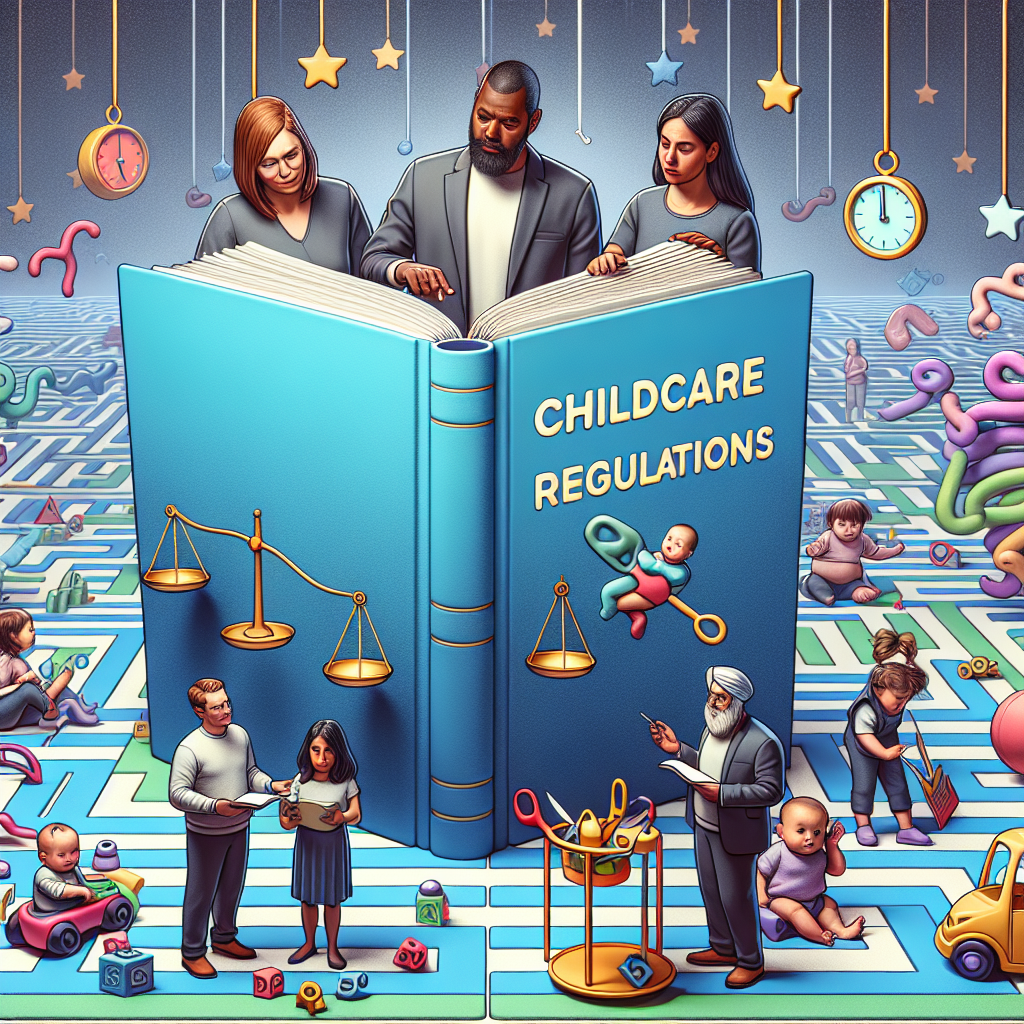When it comes to choosing childcare for your child, there are many factors to consider. One of the most important aspects to take into account is the various regulations that govern childcare facilities. These regulations are put in place to ensure the safety and well-being of children in care, and it is crucial for parents to be aware of them when making a decision about where to send their child.
State Licensing Requirements
Each state has its own set of licensing requirements for childcare facilities. These requirements cover a wide range of areas, including staff-to-child ratios, background checks for employees, health and safety standards, and more. It is important for parents to familiarize themselves with the specific regulations in their state so they can be confident that their child is in a safe and compliant environment.
Staff Training and Qualifications
One of the key aspects of childcare regulations is the training and qualifications required for staff members. It is important for parents to inquire about the educational background and experience of the caregivers at a childcare facility. Additionally, many states require childcare providers to undergo regular training on topics such as child development, health and safety, and CPR/first aid. Ensuring that the staff at a childcare facility is well-trained and qualified can provide parents with peace of mind that their child is in good hands.
Health and Safety Standards
Another important aspect of childcare regulations is the health and safety standards that must be met by childcare facilities. These standards cover everything from hygiene practices to emergency procedures. It is essential for parents to visit potential childcare facilities in person to ensure that they meet these standards and provide a safe and healthy environment for children.
Parental Involvement
Many childcare regulations also include requirements for parental involvement. This may include things like regular communication with parents, opportunities for parent-teacher conferences, and involvement in decision-making processes. Parents should look for childcare facilities that prioritize open communication and collaboration with families.
Conclusion
Understanding and navigating the world of childcare regulations can be a daunting task for parents. However, by taking the time to educate themselves on these regulations and asking the right questions when evaluating potential childcare options, parents can make informed decisions that prioritize the safety and well-being of their child. By following these guidelines, parents can ensure that their child is in a nurturing and compliant childcare environment.

